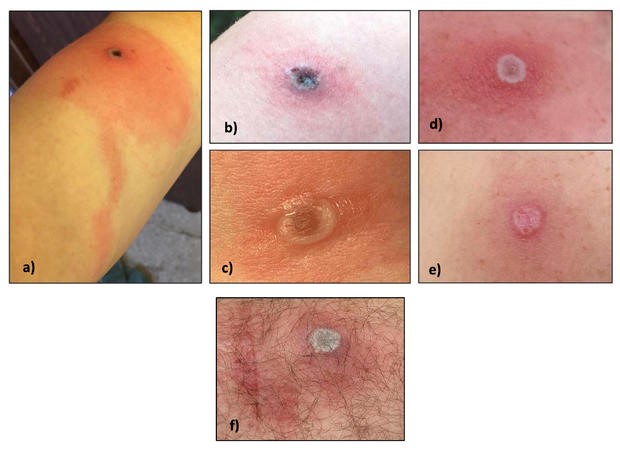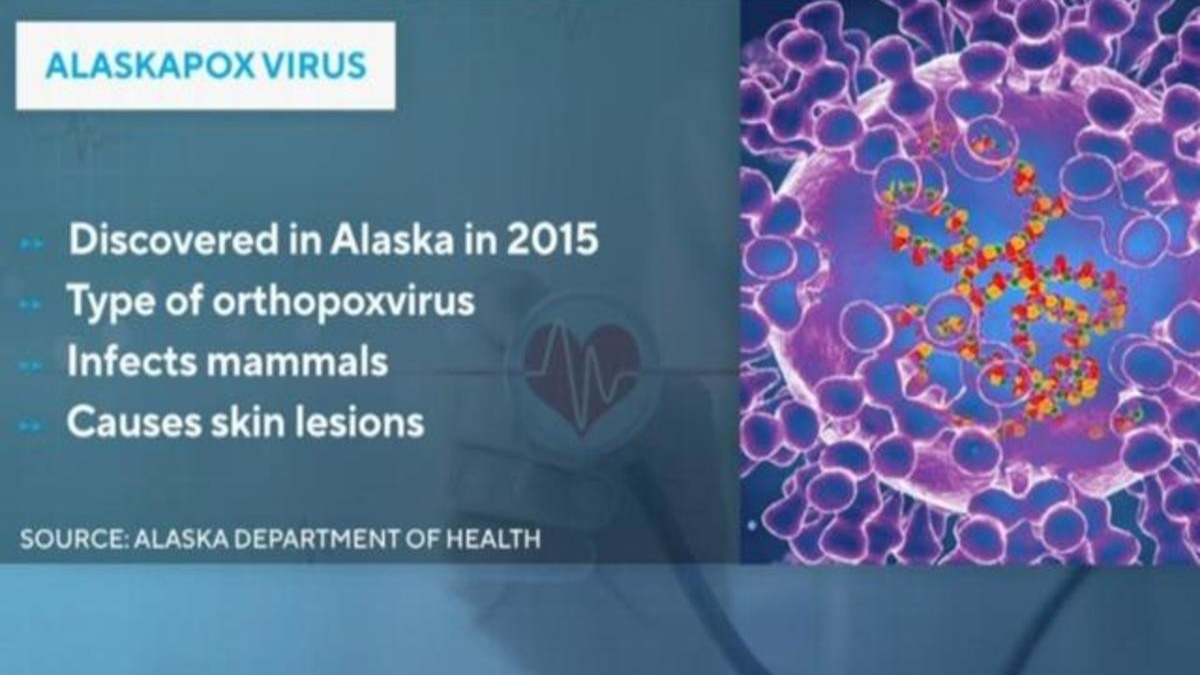Alaskapox, or AKPV: was first identified in 2015
How did it come into the spotlight?
Recent reports of the demise of an elderly gentleman in the wilderness of Alaska due to Alaskapox, marking the initial fatality attributed to this virus, have thrust this newly unearthed pathogen into the spotlight.
The deceased, a resident of the secluded Kenai Peninsula grappling with a compromised immune system following rigorous cancer therapies, succumbed to the illness in late January after being hospitalized since November, as per a bulletin unveiled by Alaska’s public health authorities on Friday.
Alaskapox, or AKPV, is a recently discovered virus that belongs to the orthopoxvirus group, which also includes smallpox, cowpox, and mpox. It was first identified in 2015 and is related to these other viruses.
Per the Alaska Department of Health, symptoms indicative of Alaskapox encompass:
a) Singular or multiple skin lesions
b) Dermatological rash
c) Swollen lymph nodes
d) Musculoskeletal discomfort
Individuals infected with Alaskapox may initially mistake the symptoms for a spider or insect bite.

The exact mode of transmission is still ambiguous.
While the exact mode of transmission remains shrouded in ambiguity, speculation veers toward a stray feline companion cohabiting with the victim.This revelation unfolds amidst Oregon’s health officials confirming a rare instance of human plague, with the probable culprit being traced back to the individual’s pet cat.
The exact transmission method of Alaskapox is not fully understood, but it is believed to be zoonotic, meaning it can be transmitted from animals to humans. Close contact with wild animals, particularly small rodents, is suspected to be a primary mode of transmission. Domestic cats that hunt and come into contact with infected rodents may transmit the virus to humans through scratches or bites.
Precautions against Alaskapox: These include avoiding contact with wildlife known to carry the virus, covering skin lesions with bandages, and refraining from sharing bedding or linens that may have been in contact with lesions. So far, there have been no documented cases of human-to-human transmission of the virus.
A rare disease:
Alaskapox is rare, with only a few reported cases in Alaska since its discovery. Most cases have been mild and resolved without hospitalization, although individuals with compromised immune systems may be at higher risk for severe illness. While the current distribution of Alaskapox appears limited to Alaska, further research and monitoring are needed to better understand the virus and its potential impact on public health.
#Alaskapox #virus #symptoms #transmission #healthcare
